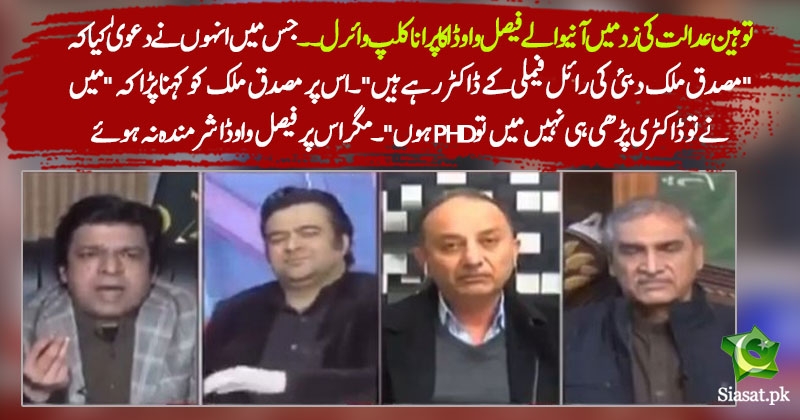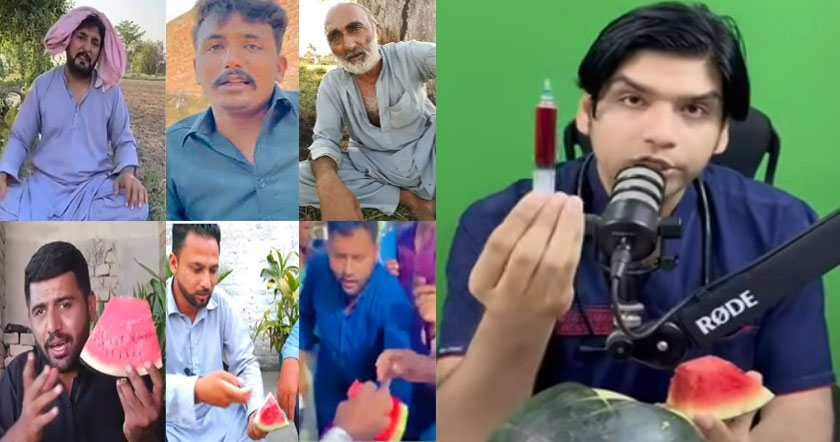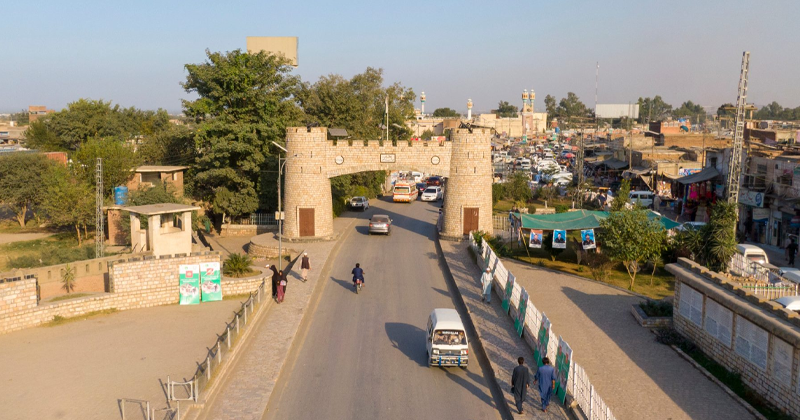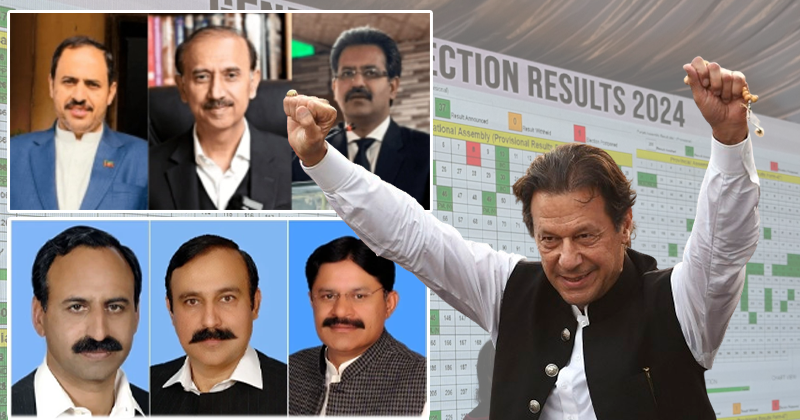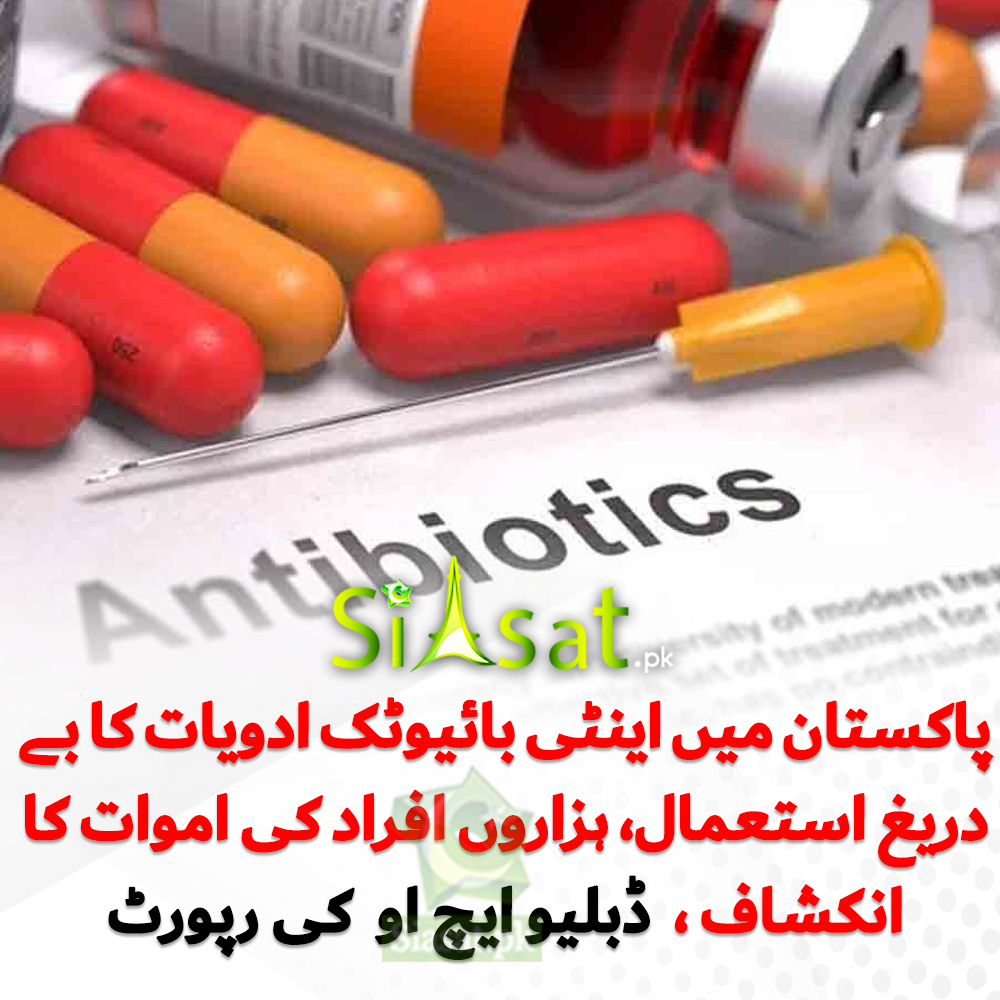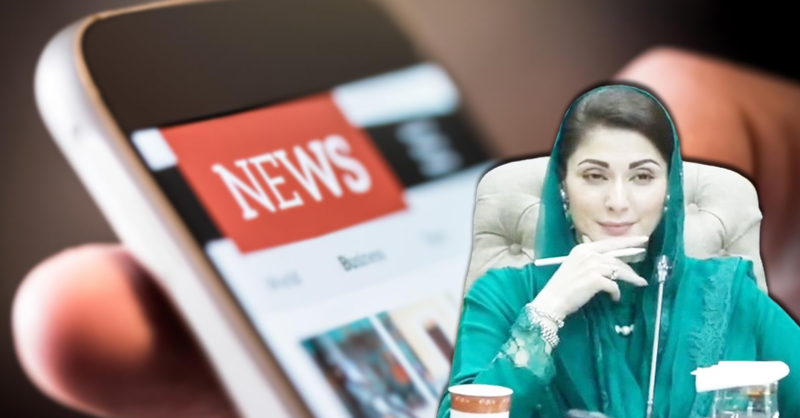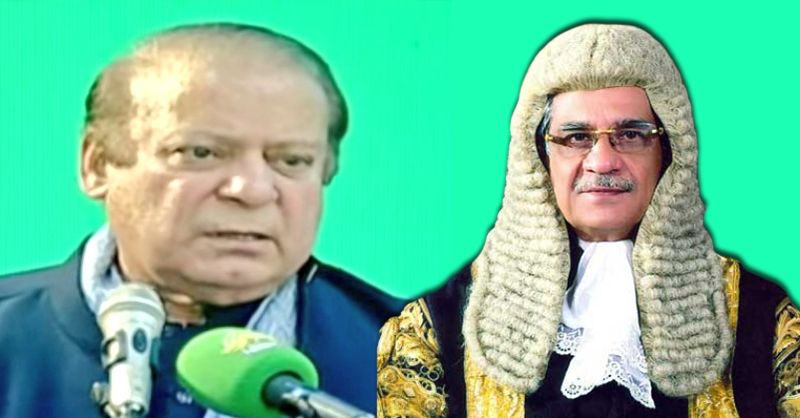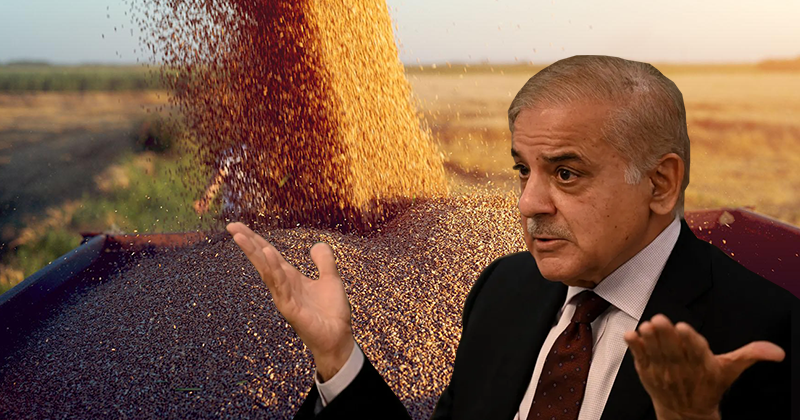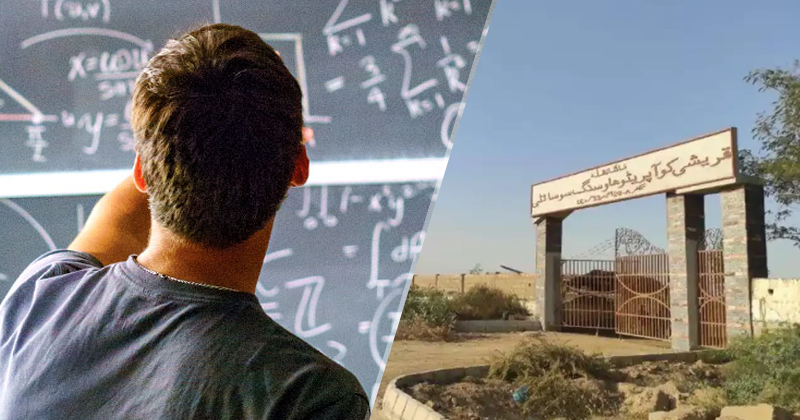January 21, 2011
India is staring at an explosion of cancer burden as the disease is likely to double or triple among its population in the next 20 years, oncologists said.
The incidence of cancer for the last decade has been a straight line as there has been a rising trend in some cancers offset by a reduction in others.
However, epidemiological findings of some unique cancers in North-east suggested the explosion of cancer burden in the next two decades, the scientists said.
It must be noted that in spite of the rising trend, the number of cancer cases are still about a third or fifth of what is seen in the developed world. However, India is at the beginning of an explosion of cancer burden due to several factors and drastic steps need to be taken to prevent the explosion, Tata Memorial Centre(TMC), director, Dr RA Badwe said.
In general, the outlook for cancer appears bright due to low incidence in India and efforts to reduce mortality without much increase in the incidence are unique globally, Badwe said at the 21st Indian Nuclear Societys annual conference here.
But in future with factors like increasing population, increasing longevity, less of physical activity (obese cancer) and urbanisation of rural India, the burden of cancer is likely to double or triple by 2030, said Dr KM Mohandas, director, Centre for Cancer Epidemiology of TMC.
TMC has also found some unique cancers in some parts of India nasopharyngeal and esophageal (food pipe) cancer in Northeast and gall bladder cancer in Gangetic and Brahmaputra river belt, he said.
Few large epidemiological studies are underway to find out etiology of these cancers and a large screening study with Barium swallow is also underway to see if early detection of esophageal cancer is possible, Badwe said.
Figures related to tobacco-related cancer (smoking and non-smoking), which constitutes 50% of the cancer cases in the county, may remain as it is, Badwe said.
Over, 65% of cancer in India is contributed by tobacco related, breast and cervical cancer. 30% of cancers arise in head and neck region is caused due to non-smoking tobacco used in India and this is amenable to prevention as well as early detection, he said.
An alarming rise in breast cancer and ovarian cancer is very fortunately matched by a corresponding and welcome reduction in uterine cervical cancer, maintaining the overall incidence of cancer relatively unchanged in women, the TMC director said.
Uterine cervical cancer is due to infection which is amenable to prevention and early detection, he said.
In men, it is lung cancer which is on the rise and is a major killer, whereas two other forms of the disease stomach and penile cancers have shown a downward trend, he added.
The data on screening for oral cancer is not robust enough to implement screening as service but it is suggestive of being beneficial in saving lives, the cancer expert added.
India is staring at an explosion of cancer burden as the disease is likely to double or triple among its population in the next 20 years, oncologists said.
The incidence of cancer for the last decade has been a straight line as there has been a rising trend in some cancers offset by a reduction in others.
However, epidemiological findings of some unique cancers in North-east suggested the explosion of cancer burden in the next two decades, the scientists said.
It must be noted that in spite of the rising trend, the number of cancer cases are still about a third or fifth of what is seen in the developed world. However, India is at the beginning of an explosion of cancer burden due to several factors and drastic steps need to be taken to prevent the explosion, Tata Memorial Centre(TMC), director, Dr RA Badwe said.
In general, the outlook for cancer appears bright due to low incidence in India and efforts to reduce mortality without much increase in the incidence are unique globally, Badwe said at the 21st Indian Nuclear Societys annual conference here.
But in future with factors like increasing population, increasing longevity, less of physical activity (obese cancer) and urbanisation of rural India, the burden of cancer is likely to double or triple by 2030, said Dr KM Mohandas, director, Centre for Cancer Epidemiology of TMC.
TMC has also found some unique cancers in some parts of India nasopharyngeal and esophageal (food pipe) cancer in Northeast and gall bladder cancer in Gangetic and Brahmaputra river belt, he said.
Few large epidemiological studies are underway to find out etiology of these cancers and a large screening study with Barium swallow is also underway to see if early detection of esophageal cancer is possible, Badwe said.
Figures related to tobacco-related cancer (smoking and non-smoking), which constitutes 50% of the cancer cases in the county, may remain as it is, Badwe said.
Over, 65% of cancer in India is contributed by tobacco related, breast and cervical cancer. 30% of cancers arise in head and neck region is caused due to non-smoking tobacco used in India and this is amenable to prevention as well as early detection, he said.
An alarming rise in breast cancer and ovarian cancer is very fortunately matched by a corresponding and welcome reduction in uterine cervical cancer, maintaining the overall incidence of cancer relatively unchanged in women, the TMC director said.
Uterine cervical cancer is due to infection which is amenable to prevention and early detection, he said.
In men, it is lung cancer which is on the rise and is a major killer, whereas two other forms of the disease stomach and penile cancers have shown a downward trend, he added.
The data on screening for oral cancer is not robust enough to implement screening as service but it is suggestive of being beneficial in saving lives, the cancer expert added.























